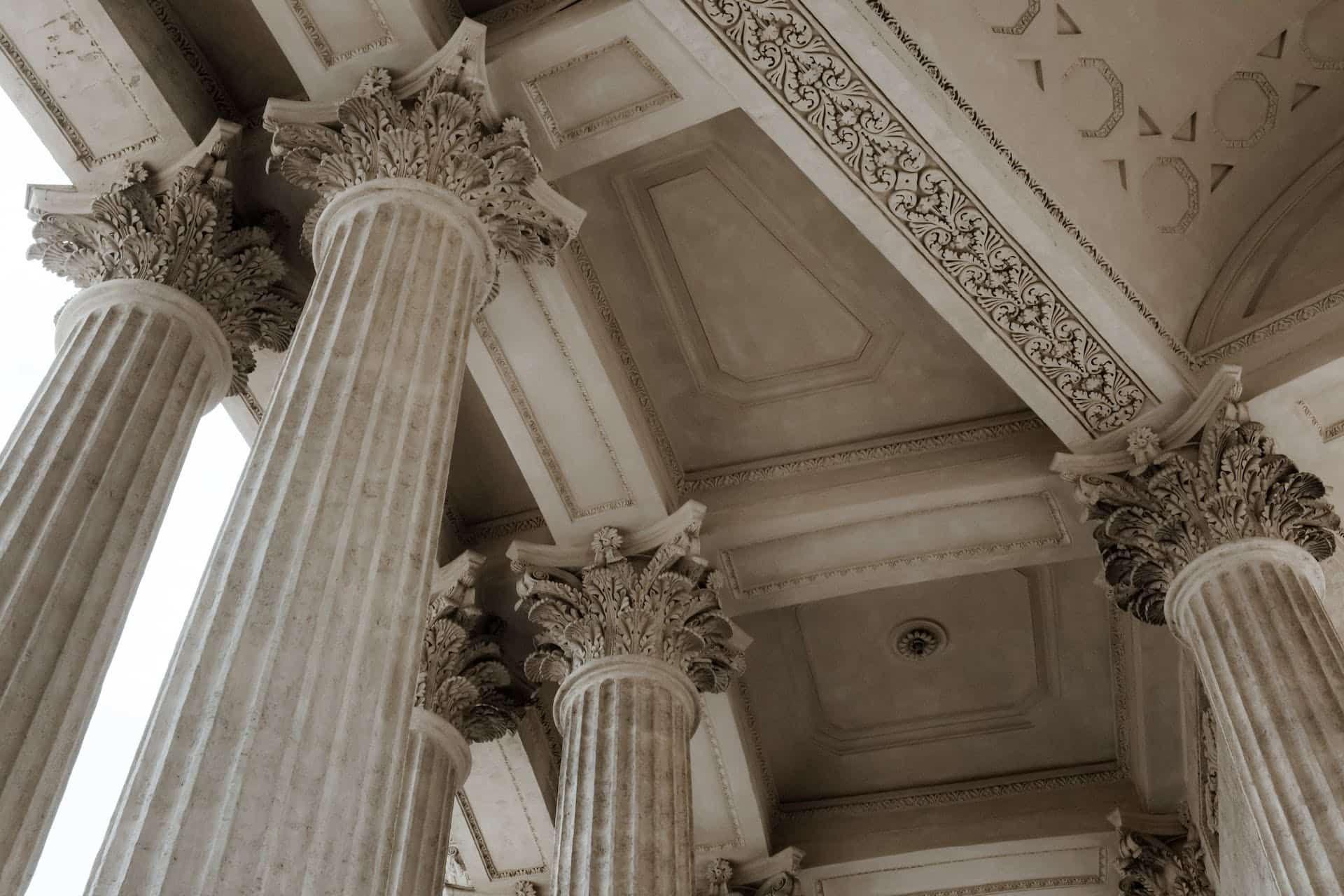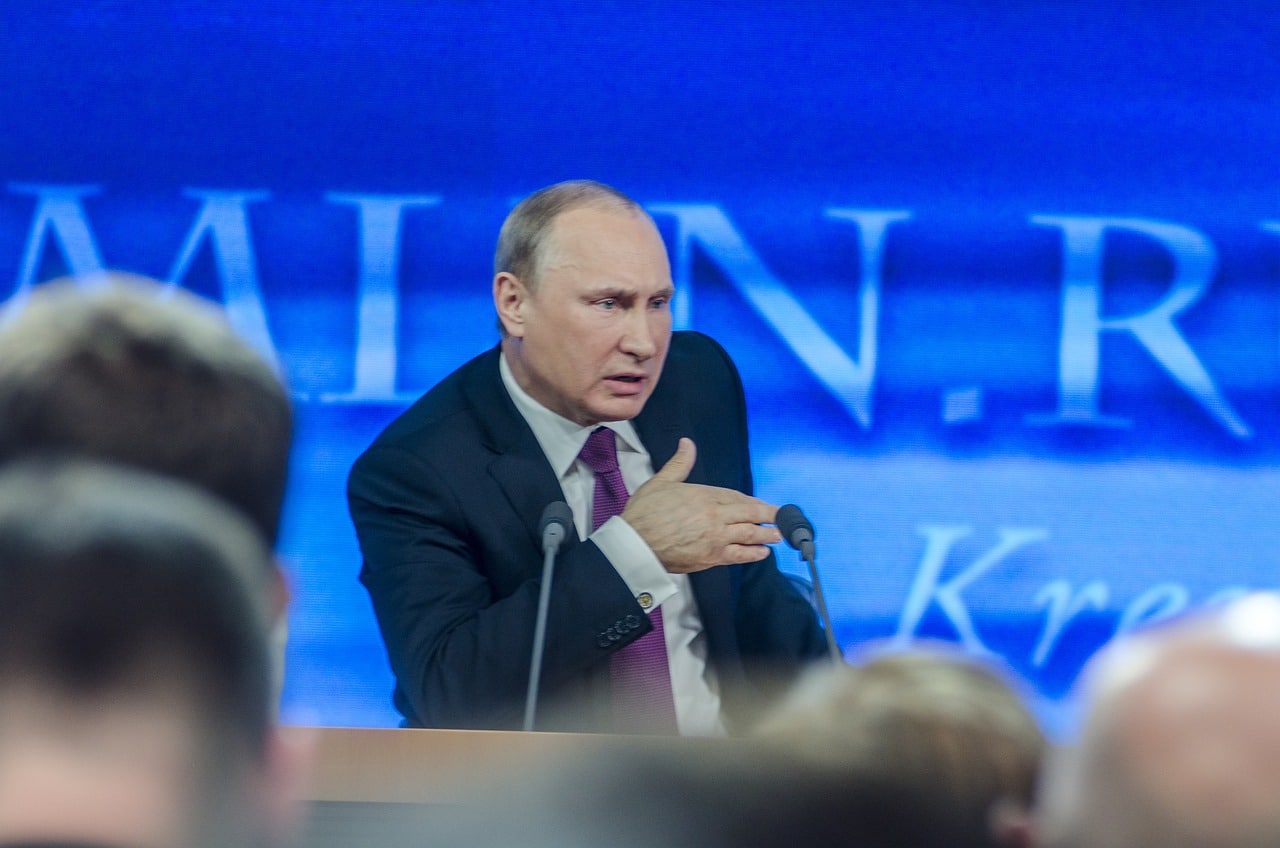By Carl Sjölin Fagerlind
Architecture is the most important art form. This assertion will surely make many readers either fume or squirm, but if one values art by its impact on the human mind and ability to convey its message, how could any other expression compare to the constructions that house and, in a sense, define practically all of human civilization? With this in mind, a trend sweeping across Europe of reviving historic architecture becomes rather interesting. What does this trend then say about society today and what message is being conveyed through these structures?
The best example of this type of reconstruction is probably the Cathedral of Christ the Saviour in Moscow. In a public display of the Soviet Union’s state atheism, the grand cathedral was demolished in 1931 to make way for the Palace of the Soviets. Though, disappointingly, this 416m tall Stalinist monument to communism was never completed and the site was instead used as a swimming pool. In 1990, as a part of the liberalising zeitgeist, the Gorbachev government decided to allow the reconstruction of the cathedral. As the old monument was re-erected over the next 10 years, it exemplified the break with communist ideology and signalled the return of the old Russian cultural order.
This is a common denominator of many reconstructions in Europe; monuments were replaced or left in ruins by communist states and then rebuilt around the fall of the iron curtain. For example St. Michael’s Golden-Domed Monastery in Ukraine or the House of the Blackheads in Latvia. These major projects rebuilt a national heritage, which was purposefully destroyed by the communist regimes. These reconstructions can become both a physical reminder in the cityscape of the new order and something beautiful for locals to take pride in.
There is another, more recent craze, with far different motives. Mostly in Central and Eastern Europe, there are plans and some finished projects to replace single buildings or entire neighbourhoods with different reconstructions. The biggest of these projects yet is the New Frankfurt Old Town. 35 buildings built in a mediaeval style in central Frankfurt to restore some of the old town that was one of the largest in Europe, before being destroyed in WW2. It was finished in 2018 ostensibly resurrecting a small piece of long-gone history. This project has inspired many others and now there are similar ideas all over Europe. Proposals to tear down ‘unappealing’ modernist buildings and replace them with pre-modernist architecture.
In a similar vein, the so-called New Classical Architecture movement disavows modernism and advocates for a return to traditional styles even in new constructions. Best exemplified by King Charles III’s pet project Poundbury in Dorset, a community of ca 3.000 built to look hundreds of years old. This movement has gained plenty of traction on social media, where many communities have arisen around criticising modern architecture, lamenting the loss of old cityscapes and constantly repeating the mantra: ‘Why can’t we build like this nowadays?’. At face value, this seems completely harmless. To find historic architecture appealing is completely understandable, but when the possible implications of this trend are considered, the situation becomes more complex.
Like all societal decisions, city building is a matter of priorities, unfortunately, building in historic styles is incredibly expensive; the 35 houses in the New Frankfurt Old Town, for example, cost €200 million. As most major cities in Europe have a housing shortage, it seems almost a mockery towards the population to spend that kind of money on aesthetics instead of building as much housing as possible. Neither can it be reasonably claimed that this is the restoration of cultural heritage as most cases usually revolve around the style simply being far nicer than what is usually built today.
This is not to say that looks should not play a role in construction. As architecture surrounds us at all times, aesthetics are absolutely paramount and should be given reasonable priority. But nothing says that only historic looks are stylistically pleasant. Thus, light falls on why the debate is specifically around reviving old styles. As most will have noticed in the last few decades, a pervasive anemoia has taken over the West, which ranges from the more benign longing for the ‘good old days’ to a downright reactionary attitude, rejecting societal progress and advocating a full return to old hierarchies and values.
The will to revive past styles fits perfectly within this context. As, like with all art, architecture inevitably sends a message; the aesthetic of a building reflects the values, ideals and priorities of its creators. If one is attentive, it is not hard to, for example, see the clear hierarchy of peoples and the centrality of religion reflected in mediaeval cities, just as the single-family homes of ‘50s suburbia emphasise the nuclear family. Reconstructing old architecture could signal a return to these antiquated ideals. But can also re-emphasise the past; sending the message that history, tradition and what once was still take priority.
Hence, it seems likely that if this general trend of looking to the past remains, we will only see more and more projects that prioritise historic aesthetics despite the costs, though the exact motives behind will probably often be hard to parse. It may be that they are initiated by forces intent on clearly showcasing the reinstated dominance of tradition within society. Though a lot of restoration of historic beauty could also simply be done out of nostalgia or a rekindled aestheticism in society, without any message. A pursuit of greater aesthetics is something good and a natural part of human cultural expression, but the problem lies in only looking to the past for this desired beauty, as what future is there for a society that would rather retread old tracks than strive to create something fully new yet equally beautiful?
By: Carl Sjölin Fagerlin
Photography: cottonbro studio on Pixabay













